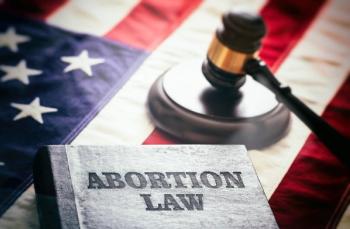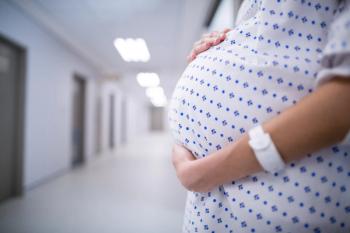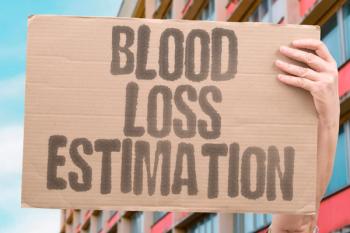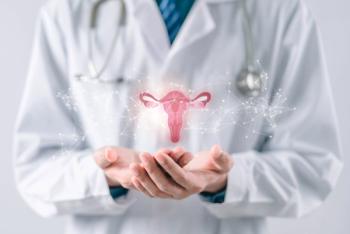
Does estrogen exposure impact dementia risk?
Knowledge of a woman's reproductive span can help ob/gyns identify patients who may be at risk.
Lifetime risk of developing dementia is much higher in women than in men, but the role and neuroprotective effects of estrogen are not fully understood. A recent
Participants in the trial were Kaiser Permanente members for whom information on clinical examinations and health survey data from 1964 to 1973 were available. Using age at menarche and menopause or hysterectomy, the authors calculated the reproductive span of each participant. Information about dementia diagnoses in the women was taken from medical records spanning January 1, 1996 through September 30, 2017.
Mean ages at menarche and menopause for the 6,137 women in the studies were 13.0 years and 45.1 years, respectively. Mean age at dementia diagnosis was 76.5 years. Of the women, 2,090 women had undergone hysterectomies.
Women whose menarche began at age 16 or older had a 23% higher risk for dementia than those whose menarche started at age 13 (HR 1.23; 95% CI 1.01-1.50) after adjusting for demographics and life course health indicators. In regard to menopause, women whose natural menopause began at age < 47.4 had a 19% elevated risk of dementia compared with women whose natural menopause began at age 47.4 years or older. (HR 1.19; 95% CI 1.07-1.31).
Reproductive spans of less than 34.4 years were associated with a 20% greater risk for dementia (HR 1.20; 95% CI 1.08-1.32). The authors noted that hysterectomies had a marginal but not insignificant association with elevated dementia risk (HR 1.08, 95% CI 0.99-1.18).
Based on their findings, the authors believe that endocrine events that signal less exposure to estradiol, such as shorter reproductive span, young age at menopause, and hysterectomy, can increase a woman’s risk of dementia. They note that while these risk factors are not modifiable, knowing the timing of them could help ob/gyns identify patients who could benefit most from preventive measures.
Newsletter
Get the latest clinical updates, case studies, and expert commentary in obstetric and gynecologic care. Sign up now to stay informed.









